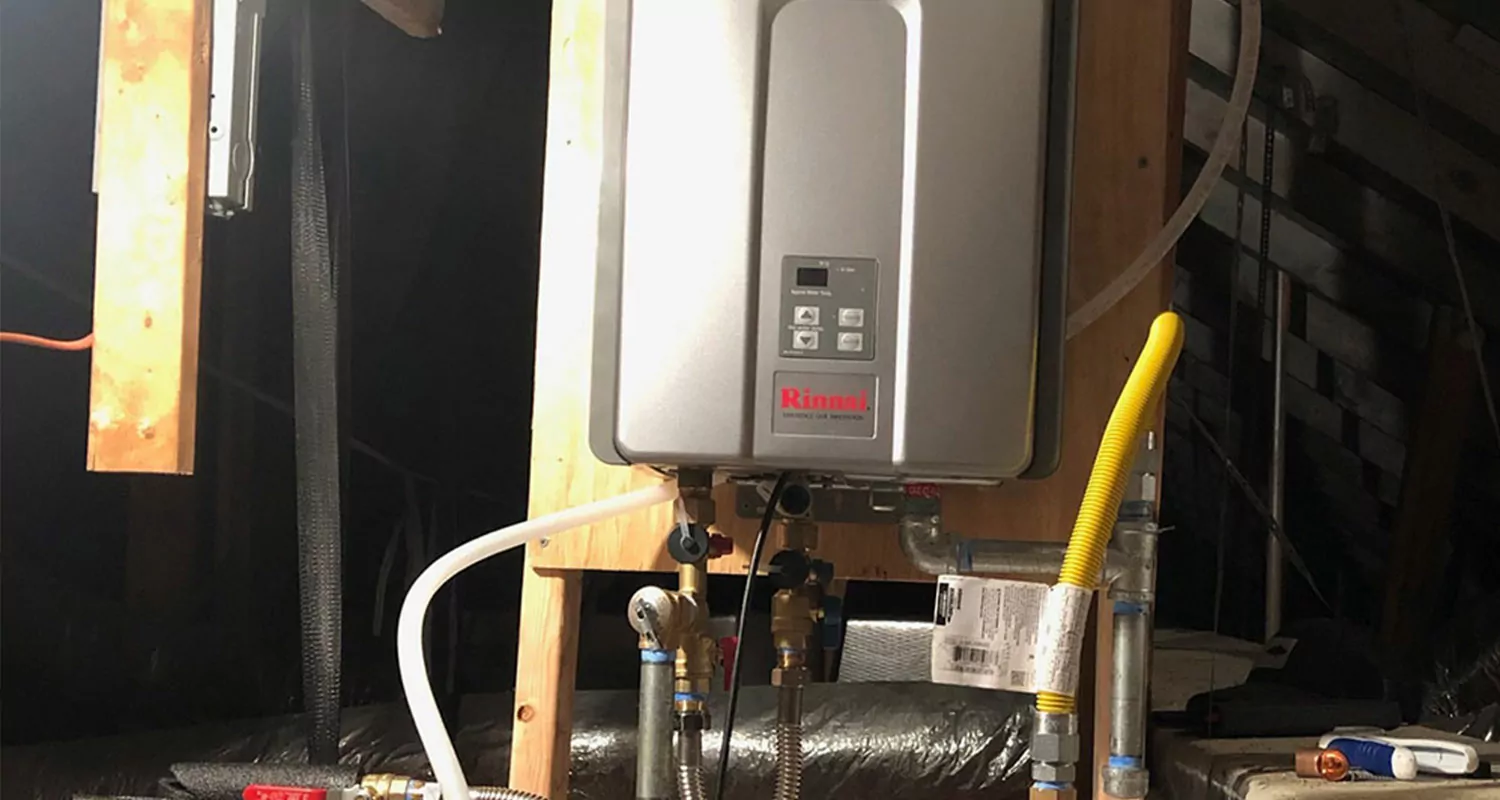Specialist Guidance for Maintaining Your Home's Hot Water System
Specialist Guidance for Maintaining Your Home's Hot Water System
Blog Article
What're your insights and beliefs about Water Heater Maintenance Tips You Can't Afford to Forget?

Warm water is crucial for daily convenience, whether it's for a revitalizing shower or washing dishes. To ensure your warm water system runs effectively and lasts longer, regular maintenance is essential. This short article gives functional tips and insights on how to preserve your home's hot water system to avoid disturbances and pricey repair services.
Introduction
Maintaining your home's hot water system could seem complicated, but with a few basic actions, you can guarantee it operates efficiently for several years to come. This guide covers whatever from understanding your warm water system to DIY maintenance pointers and recognizing when to call in expert help.
Value of Preserving Your Hot Water System
Normal maintenance not just prolongs the life expectancy of your warm water system yet likewise guarantees it runs effectively. Disregarding maintenance can bring about reduced effectiveness, higher power costs, and even early failing of the system.
Signs Your Hot Water System Needs Maintenance
Knowing when your warm water system requires interest can protect against major problems. Keep an eye out for indicators such as inconsistent water temperature level, weird sounds from the heating unit, or rusty water.
Comprehending Your Hot Water System
Before diving into maintenance jobs, it's helpful to recognize the fundamental elements of your hot water system. Generally, this consists of the hot water heater itself, pipelines, anode poles, and temperature controls.
Regular Monthly Maintenance Tasks
Regular monthly checks can help catch minor issues prior to they intensify.
Purging the Hot Water Heater
Purging your hot water heater removes sediment build-up, enhancing performance and lengthening its life.
Checking and Replacing Anode Rods
Anode poles prevent deterioration inside the storage tank. Evaluating and replacing them when worn is essential.
Checking and Readjusting Temperature Level Settings
Readjusting the temperature level setups makes sure optimum efficiency and safety and security.
DIY Tips for Maintenance
You can carry out a number of maintenance tasks on your own to keep your warm water system in top problem.
Looking for Leaks
On a regular basis evaluate pipes and links for leaks, as these can result in water damages and higher bills.
Evaluating Stress Alleviation Valves
Evaluating the stress safety valve guarantees it functions appropriately and stops extreme pressure build-up.
Shielding Pipelines
Shielding warm water pipelines reduces warm loss and can save energy.
When to Call a Specialist
While DIY upkeep is beneficial, some concerns call for professional proficiency.
Complicated Concerns Calling For Specialist Help
Examples consist of significant leaks, electrical problems, or if your hot water heater is continually underperforming.
Regular Expert Maintenance Benefits
Specialist maintenance can include thorough inspections, tune-ups, and making certain compliance with safety requirements.
Conclusion
Normal upkeep of your home's warm water system is vital for efficiency, long life, and cost savings. By complying with these suggestions and knowing when to look for specialist assistance, you can make certain a trustworthy supply of warm water without unanticipated interruptions.
How to Maintain an Instant Hot Water Heater
Before tinkering with your hot water heater, make sure that it’s not powered on. You also have to turn off the main circuit breaker and shut off the main gas line to prevent accidents. Also turn off the water valves connected to your unit to prevent water from flowing into and out of the appliance. 2. When you’re done, you have to detach the purge valves’ caps. These look like the letter “T†and are situated on either side of the water valves. Doing so will release any pressure that has accumulated inside the valves while at the same time avoid hot water from shooting out and burning your skin. 3. When the purge valves’ caps are removed, you have to connect your hosing lines to the valves. Your unit should have come with three hoses but if it didn’t, you can purchase these things from any hardware or home repair shops. You can also get them from retail stores that sell water heating systems. Read the user’s manual and follow it to complete this task properly. When the hosing lines are connected, open the purge port’s valves. 4. You should never use harsh chemical cleaners or solutions when cleaning your unit. Make use of white vinegar instead. It should be undiluted and you’ll probably use about 2 gallons. 5. Now flush your water heater. This task should probably take about 40 minutes. We can’t give you specific directions for this because the procedure is carried out depending on the type, model and brand of your heater. With that being said, refer to the user’s manual. 6. When you’re done draining the unit, you have to turn off the purge port valves again. Remove the hosing lines that you earlier installed on each of the water valves. Put the valve caps (purge port) back in their respective places and be very careful so as not to damage the rubber discs that are found inside these caps. 7. Now that everything’s back in place, check your user’s manual again to find out how to reactivate your water heating system. 8. Once it is working, turn one of your hot water faucets on just to let air pass through the heater’s water supply pipes. Leave the tap on until water flows smoothly out of it. https://www.orrplumbing.com/blog/2014/september/how-to-maintain-an-instant-hot-water-heater/

We had been brought to that write-up about Tips For Maintaining Your Hot Water Heater from a buddy on a different site. Those who enjoyed our post plz don't forget to share it. Thanks a lot for your time. Don't forget to visit our website back soon.
Free Estimates Report this page